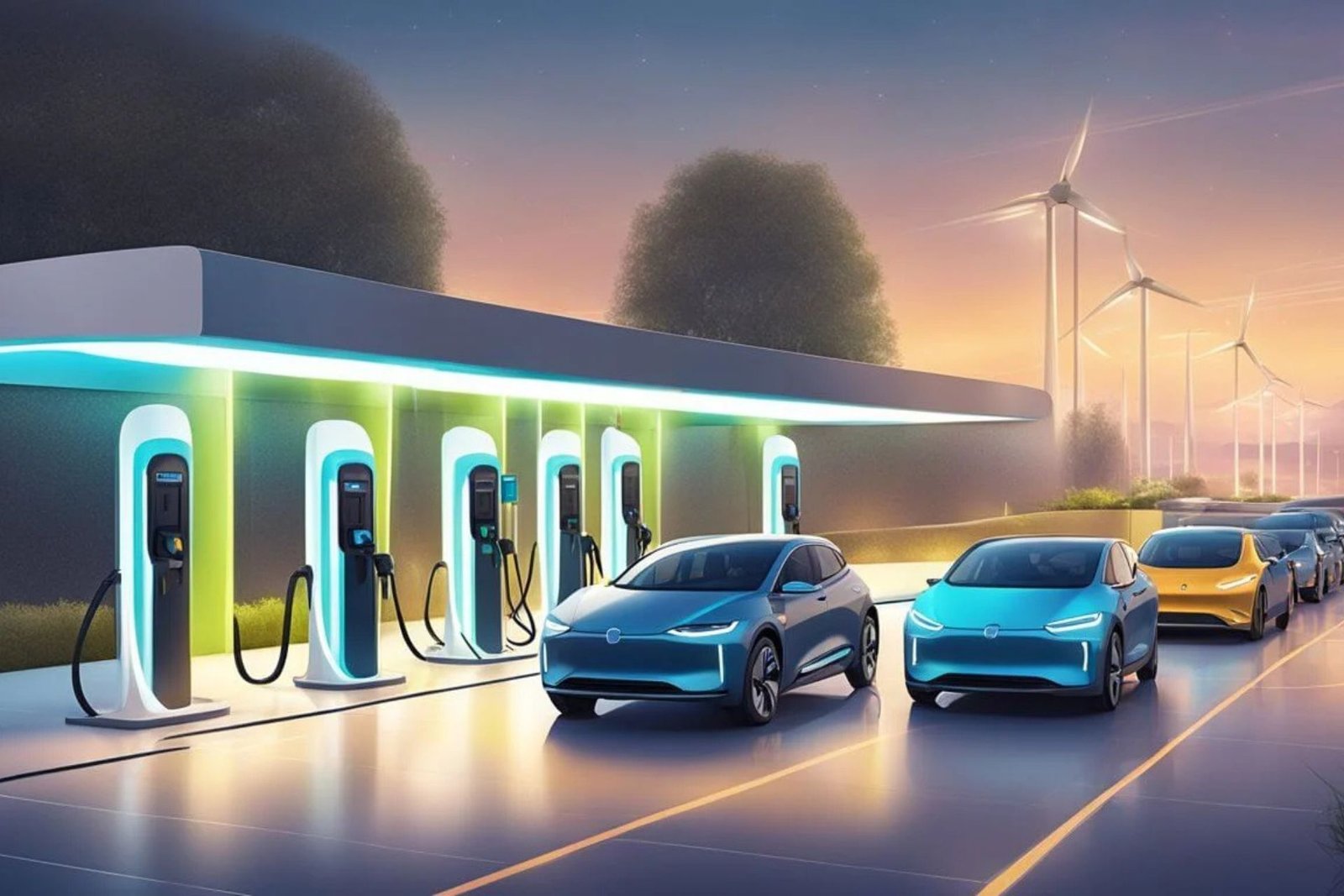The growing numbers of electric vehicles necessitate the need to install a strong, accessible charging infrastructure. There is a huge effort on the part of people to switch to electric vehicles to ensure the reduction of carbon emissions and to further promote clean energy. However, it is indispensable to achieve wide implementation of EVs that have a sound and reliable charging structure. This post will discuss the issues, in both benefits and challenges as well as steps that should be taken toward ensuring a smooth transition of global EV charging infrastructure into reality.
Why EV Charging Infrastructure is Essential?
Alternative Environmental Impact: The transportation sector accounts for nearly 24% of global CO2 emissions, and the alternative offered by EVs is that much cleaner and capable of reducing as much as 50% of greenhouse gas per vehicle over its lifetime according to the International Energy Agency.
Economic Benefits: Studies are now able to indicate how
economies can benefit from decreased oil dependency, increased green jobs, and
more sources of renewable energy as the popularity of EVs increases. The
European Union estimates that electric transport may lead to about €62 billion
in savings on fuel costs by 2030.
To meet this growth, 145 million EVs will likely be on the
road by 2030, based on the latest numbers put together by the InternationalEnergy Agency (IEA). This means that a comprehensive charging network should be
in place to serve the driver with convenient, fast, and reliable charging
points.
Challenges in Establishing a Global EV Charging
Infrastructure
Building a universal charging infrastructure for electric vehicles poses numerous challenges. High costs in equipment, land, and maintenance make private investment challenging without government incentives. The grid will also face capacity issues as EVs increase demand, which poses a risk of overload during peak usage hours, the International Renewable EnergyAgency (IRENA) said. Another challenge is charging speeds; Level 3 chargers are fast, while Level 2 residential chargers take hours and create "range anxiety" when traveling long distances. It is also complicated by the lack of standardization and interoperability between different regions in cross-border charging. Land availability is a constraint in urban areas as parking and suitable areas for public charging stations are scarce; this has a bearing on the adoption of EVs in densely populated cities.
Key Steps for Expanding EV Charging Infrastructure
Globally
A globally accessible EV charging infrastructure requires collaboration between governments, private sectors, and utility providers. Key approaches are the government incentives and policies-for instance, grants, tax breaks, or regulatory requirements-and certainly, it is driven through the development of EV infrastructure. The first one is in the U.S., installing 500,000 charging stations before 2030 in return for $7.5 billion in funding.
Charging for electric vehicles has to be linked with sustainable power management, that is, intelligent power management that integrates renewable sources into smart grids. Fast charging networks, such as those of Tesla through its Supercharger system, should be expanded; these will be able to remove or even eradicate range anxiety because they will encourage speedy charging, more so on highways and towns.
Another critical approach includes public-private
partnerships. They help in saving money and tap into resources for
infrastructure deployments to reach populations on a large scale. This is what
Volkswagen's Electrify America looks like -- government collaboration along
with the industry to standardize and extend the networks of EVs.
Standardization and interoperability, led by organizationslike CharIN, will lead to universal charging protocols so that any EV can use
any station in the world. For the last aspect of urban planning, strategic
placement of chargers in residential, commercial, and transit hubs improves
ease of access to charge locations and increases demand for EVs in high-density
areas. This is the overall integrated approach for supporting global EV
adoption.
Pros and Cons of EV Charging Infrastructure Development
Pros-
Environmental Readiness: Promoting the usage of EVs reduces
emissions of greenhouse gases and air pollution when there is an installation
of more charging infrastructures.
Economic Development: Staking for EV infrastructures creates
job opportunities for construction, manufacturing, and technology.
Less Consumption of Fossil Fuels: A robust network of EVs
would reduce the consumption of fossil fuels and improve energy security.
Cons-
Infrastructure Overheads: The high cost of building
infrastructure can sometimes require government subsidies and private
investment.
Grid Strain Risks: Electricity demand increase from EVs
could strain power grids unless managed with smart energy solutions.
Complex regulatory challenges: Different standards, regulations, and policies across countries make global harmonization of EV infrastructure not a straightforward undertaking.
In conclusion
Such an infrastructure will be an imperative catalyst for a
mass shift to electromobility, but for that to occur, collusion, innovation,
and long-term planning must be mutually aligned between the interested parties.
Government incentives, therefore, through private companies investing in new
technologies, as well as forms of renewable energy, will ensure a robust and
accessible network. The world will thus be creating a future for sustainableEVs that will reap benefits both for the individual and for the environment.
Technology, public-private collaboration, and policy push
are needed to implement this vision. It is a long-term journey; however, with
committed efforts, the vision can be realized when Electric Vehicle charging
infrastructure is more common and accessible than regular gas stations, paving
the way for a clean world.











